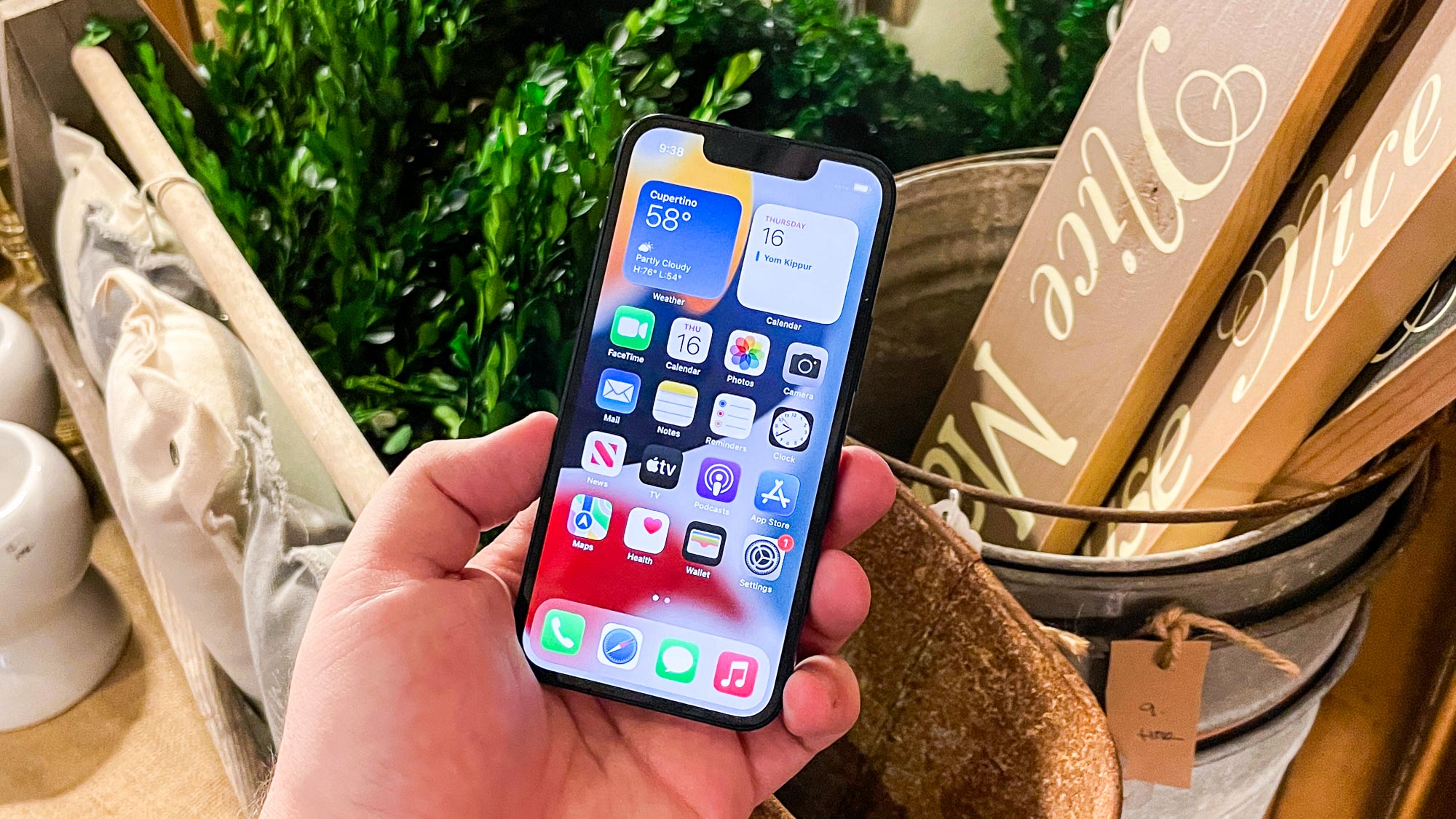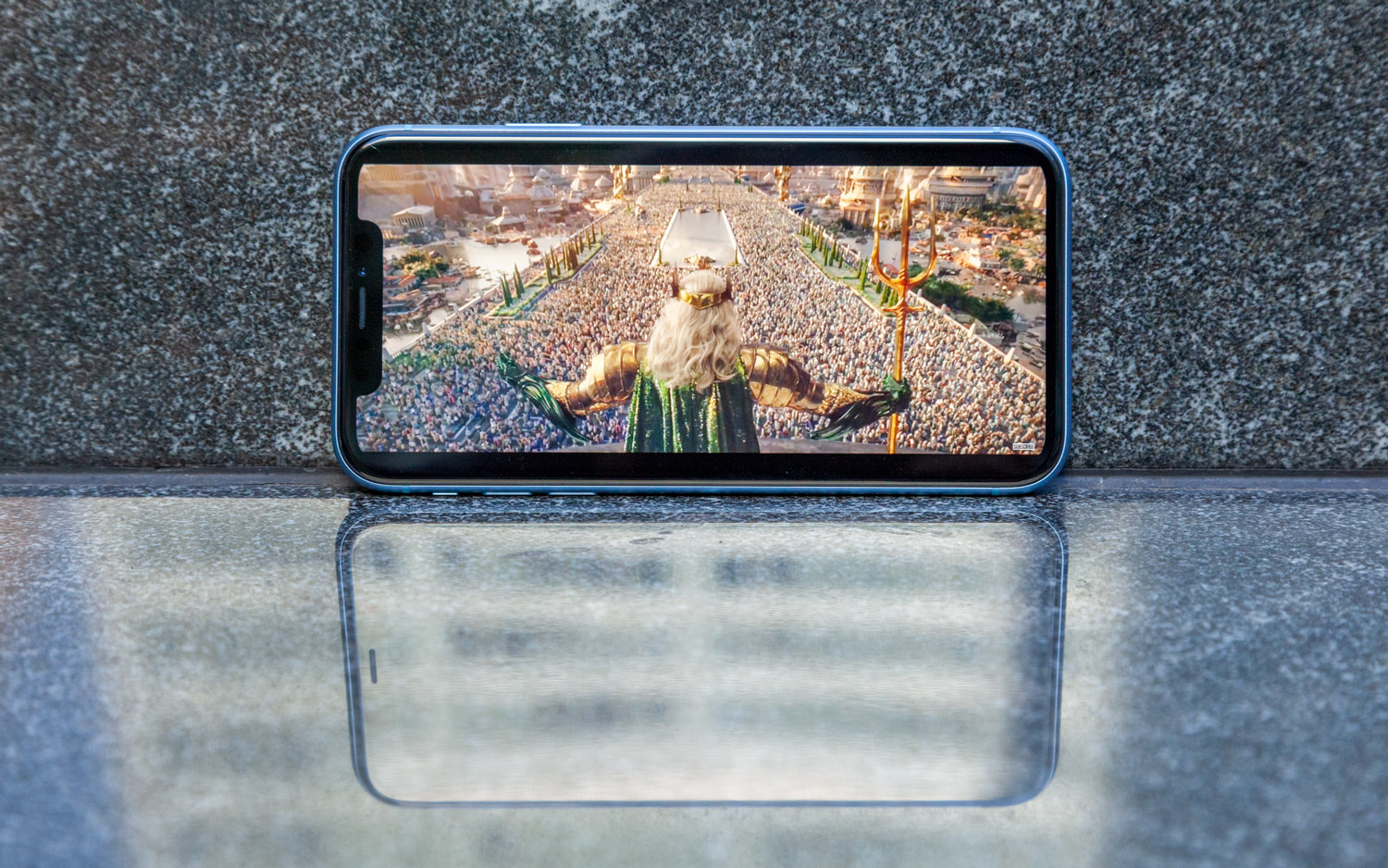iPhone 15 mini — why a compact iPhone isn't in Apple's plans

Find someone who believes in you with the fervor that fans of small Apple phones have for the iPhone mini. Though Apple dropped the mini from its lineup with the iPhone 14 debut, you don't have to search very long online to find people holding out hope for the triumphant return of the iPhone 15 mini this fall.
No one outside of Apple headquarters knows the full extent of Apple's iPhone 15 plans yet. We won't be privy to the official lineup until the iPhone 15 release date later this fall. But I don't think I'm being overly negative when I tell you the chances of an iPhone 15 mini are slim to none.
We may not have any official Apple announcement to go by, but we do have plenty of rumors about iPhone 15 release plans. So far, those rumors point to a standard 6.1-inch iPhone joined by a pair of iPhone 15 Pro models — the 6.1-inch Pro along with the 6.7-inch iPhone 15 Pro Max. As for the fourth model, the expectation is that the 6.7-inch Plus returns for another year, leaving an iPhone 15 mini on the outside looking in.
So it seems unlikely that there will be an iPhone 15 mini — or indeed, any mini or some time to come. The question, then, is why Apple seems to have given up on smaller-screen phones.
iPhone screen sizes through the years
To answer that, it helps to recall the history of iPhone sizes. The original iPhone offered a 3.5-inch display — minuscule by today's standards, but larger than the displays on most phones at the time. Screen size expanded to 4 inches with the iPhone 5, and didn't expand past 5 inches until the 2015 introduction of the 5.7-inch iPhone 6 Plus.
At the same time Apple was keeping things compact, screen sizes of competing handsets were growing. Big screen phones had been popping up here and there for years, but it was the 2011 introduction of the first Samsung Galaxy Note that began the shift toward phablets.
Six years after that first note, Samsung phones were offering displays larger than 6 inches, while the largest iPhone screen available was the 5.85-inch iPhone X. (You may remember that the 5.5-inch iPhone 8 Plus introduced at the same time was a physically bigger phone, but that the iPhone X offered more display real estate by introducing the notch to iPhone displays.)
Get instant access to breaking news, the hottest reviews, great deals and helpful tips.

Apple started releasing phones with displays topping 6 inches in 2018, starting with the 6.1-inch iPhone XR and 6.5-inch iPhone XS Max. From that point, Apple hasn't looked back, eventually landing on its current lineup of smartphone sizes.
The mini, with its 5.4-inch screen, was the exception to Apple's embrace of 6-inch-plus iPhones. (So is the iPhone SE 2022, though with that device still taking its design cues from the iPhone 8, you could argue that it lacks the modern look of the mini models.) With their compact design and portability, the iPhone 12 mini and iPhone 13 mini gave users an alternative to bigger screen phones — something you could easily use with one hand in contrast to the gargantuan Pro Max models.
The trouble is the audience for the mini turned out to be as small as that phone's screen size.
Apple learns that bigger is better
Apple doesn't break out its phone sales figures by model, but people who follow the company's finances believe that neither the iPhone 12 mini nor the iPhone 13 mini sold well compared to the rest of the iPhone lineup. The fact that Apple cut production orders for the mini models added fuel to speculation about its lack of popularity.
Contrast the chilly reception for the iPhone mini with how the iPhone 14 Plus has been received. This mini replacement reportedly isn't as popular as other iPhone 14 models, but a Display Supply Chain Consultants report in March suggested that iPhone 14 Plus panel shipments were ahead of those for the iPhone 13 mini at comparable points in the channel cycle.
People just like bigger phones, and that's not an iPhone-specific phenomenon either. A graphic at Statista breaks down the global smartphone market by screen size for the last five years, with bigger phones gaining in popularity over that time. In 2018, phones with displays sizes 5.5 inches and smaller made up 34 percent of the global smartphone shipments. That percentage fell to 15 percent by 2022.

From my perspective, there's a couple of reasons for this. First, battery life remains one of the most important features for a smartphone, and the bigger the device, the larger the battery it can house. It's no coincidence that the two iPhones currently on our best phone battery life list are the iPhone 14 Pro Max and iPhone 14 Plus — the largest devices in Apple's lineup.
Also, mobile apps are getting more intricate, squeezing more information onto our phone screens so we can do more on the go. It's simply easier to use those apps on a device with a bigger screen.

I speak from experience here, as someone who prefers smaller screen phones. I find them easier to tote around and use with one hand. But while my hand size hasn't changed much in the last decade and a half, my eyesight is decidedly worse. And while I may appreciate being able to hold a smaller iPhone in one hand, I definitely like being able to see all the details on a larger iPhone screen without having to squint.
"While human hand sizes have not grown since the dawn of the smartphone era, how we use phones has changed, and a clear preference among consumers has emerged for phones with bigger displays, bigger batteries, and more cameras," agreed Avi Greengart, lead analyst with Techsponential.
What happens next for smaller iPhones
With no iPhone 15 mini likely to appear this year, that will leave the 4.7-inch iPhone SE as the last small-screen device in Apple's lineup. The iPhone 13 mini remains on sale as of this writing, but there's a strong possibility that Apple drops it once the iPhone 15 arrives to make way for the new models. (The iPhone 12 mini met a similar fate last fall — Apple dropped it, while keeping the standard iPhone 12 as its $599 bargain model.)
"There is a vocal minority of consumers who would like smaller phones with displays under 6 inches," Greengart said. "I am among them. I would love to see Apple launch new iPhone minis, perhaps on a two or three year cadence. However, it seems that Apple is now serving that market by putting a relatively powerful processor in the 4.7-inch iPhone SE rather than building a fully premium iPhone mini."
Even a smaller iPhone SE might not be long for this world. iPhone SE 4 rumors point to it adopting a 6.1-inch screen and design similar to that of the iPhone 11 should Apple update the SE next year as expected.
Tastes change, of course, and there could come a time when phones with smaller screens enjoy a revival. But for now, the iPhone mini remains on the outs at Apple, with no likely shift on the horizon.
More from Tom's Guide
- Best small phones
- It looks like Apple is neglecting the new iPhone 15 — here's why
- Apple releases iOS 16.4.1 with critical security updates, bug fixes
Philip Michaels is a Managing Editor at Tom's Guide. He's been covering personal technology since 1999 and was in the building when Steve Jobs showed off the iPhone for the first time. He's been evaluating smartphones since that first iPhone debuted in 2007, and he's been following phone carriers and smartphone plans since 2015. He has strong opinions about Apple, the Oakland Athletics, old movies and proper butchery techniques. Follow him at @PhilipMichaels.

